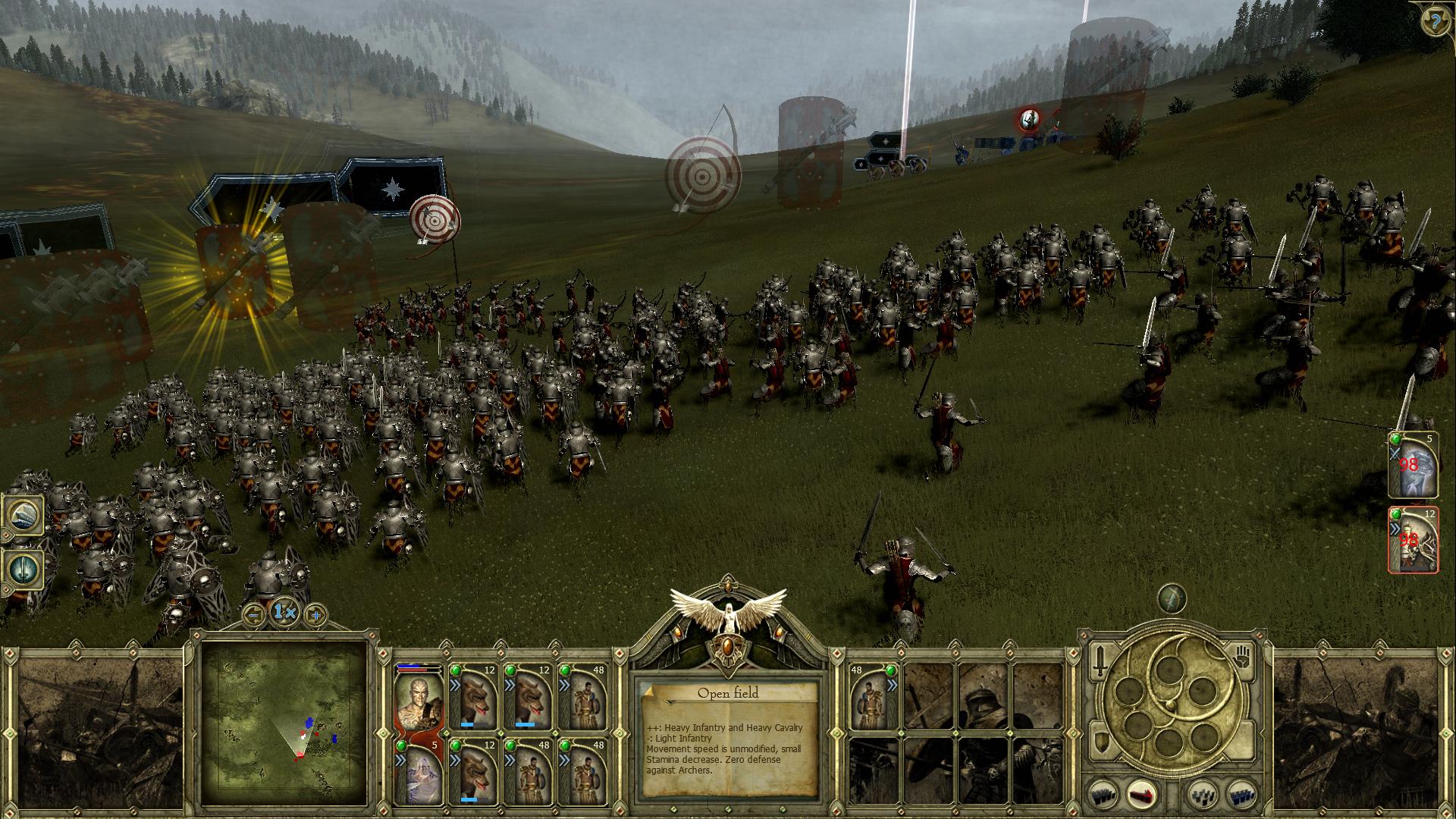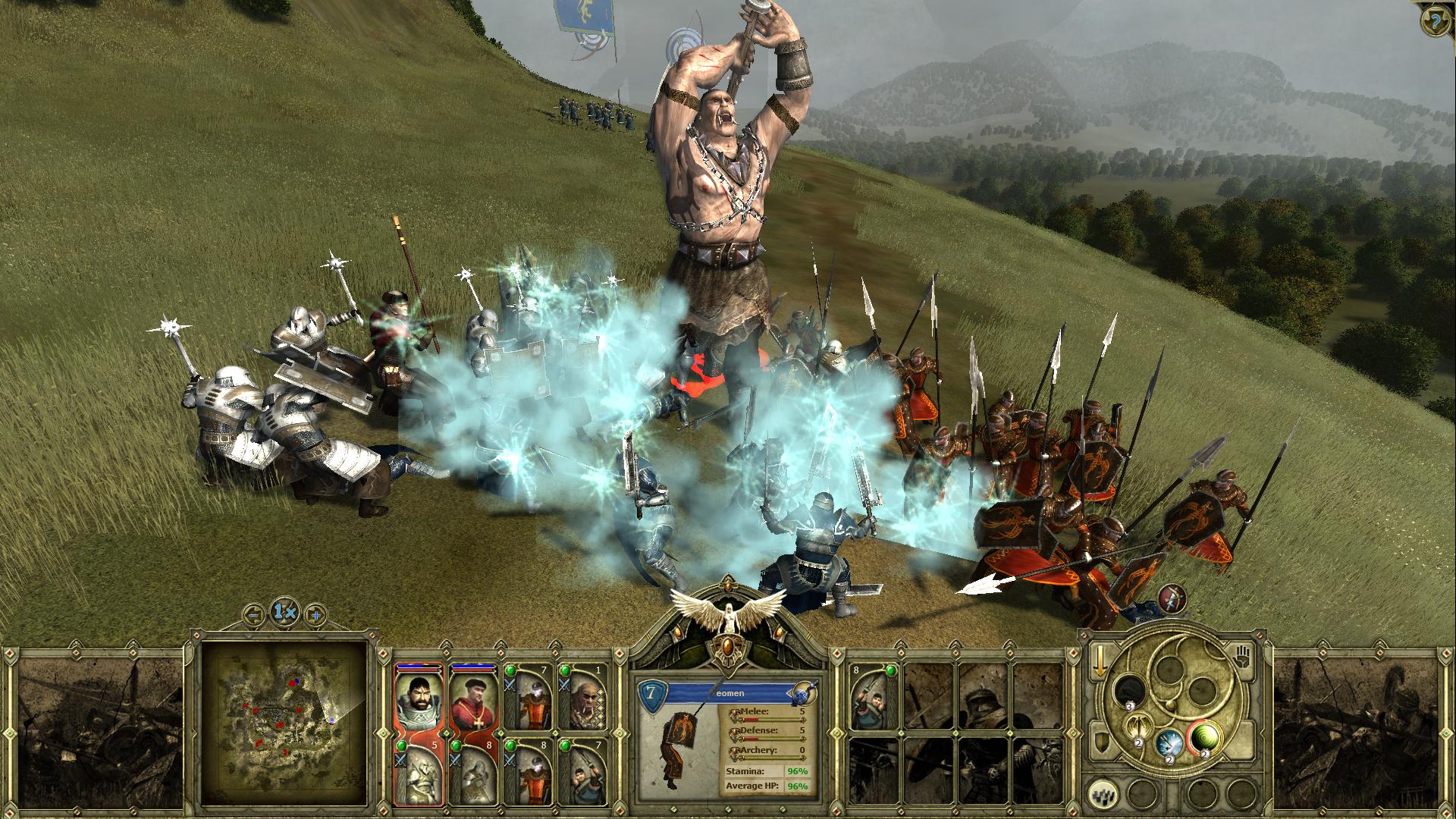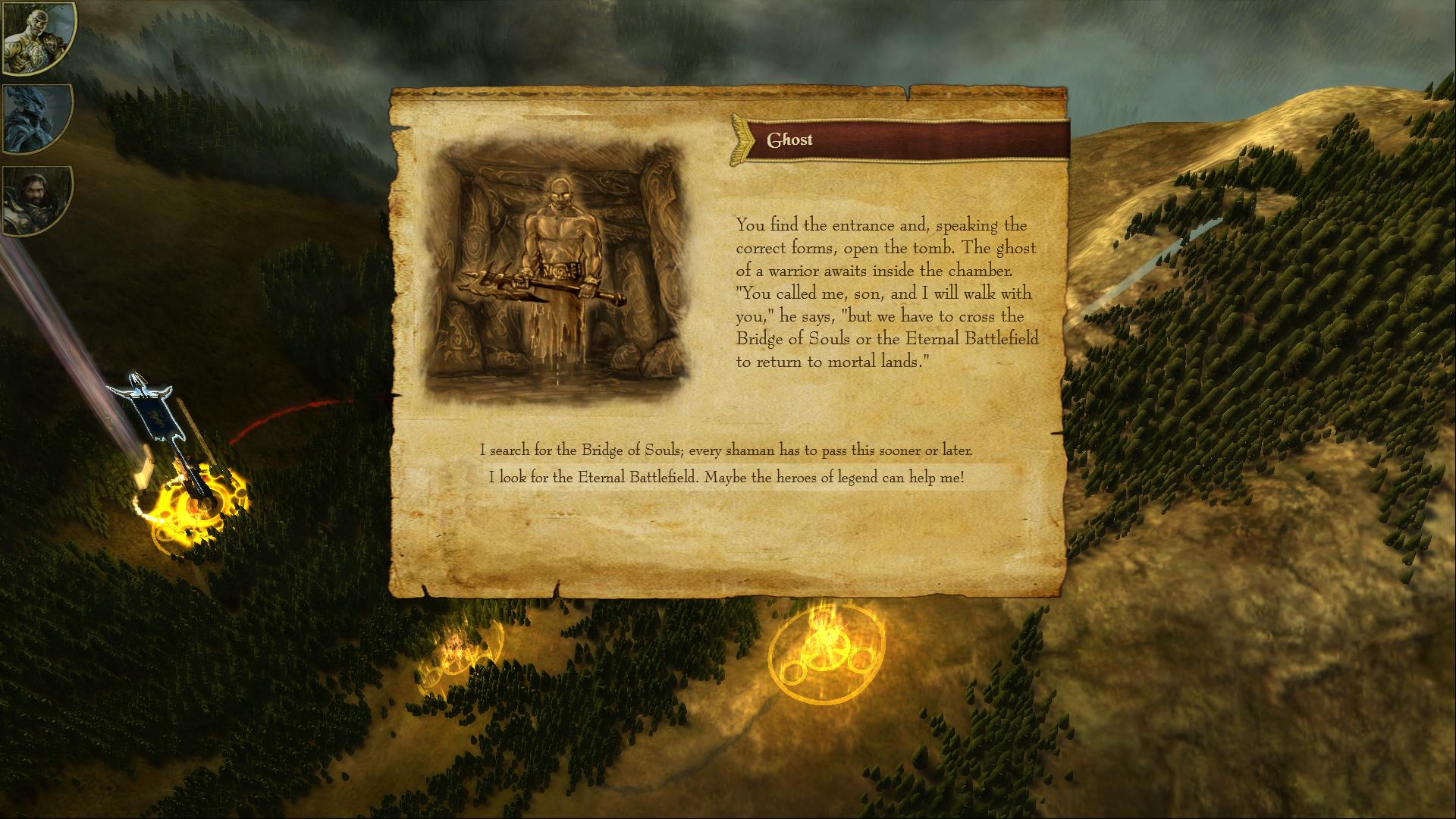Being a newbie to the King Arthur series of strategy RPG’s I approached King Arthur: Fallen Champions with cautious optimism. I’ve never tried King Arthur before, but I’ve heard it compared to the Total War games and I have a history of sucking at those games. On the other hand, some gamers have described it as a real-time version of Heroes of Might and Magic and that had me interested to dive into the series with the latest installment in the series, King Arthur: Fallen Champions.
King Arthur: Fallen Champions is intended to be a bridge between King Arthur and the upcoming King Arthur 2 but also promises an all new story following three new characters - a knight, an enchantress and a shaman. The new characters are all very unique and the story itself requires relatively little knowledge from the previous game, although it definitely helps. With each hero's campaign, you take control of a new faction. While things are fairly straightforward as the Knight faction, the Pict faction has more of a focus on spellcasting and the units you control are often influenced by the games day/night cycle. The last faction, the Sidhe have more fragile, but more mobile units. While the three factions have some distinct nuances, they play very similarly for the most part.
When it comes to Fallen Champions combat, the comparisons to the Total War series are quite apt. You control battalions of units and control them across a vast battlefield. While you command your units, you have little to no control over the actual fighting between them and this lack of micromanagement can occasionally be frustrating when you can’t control your units as responsively as you might like. 
King Arthur: Fallen Champions certainly has some elements inspired from tabletop wargames and focuses more on tactics than strategy. While the game might seem clunky at first, once you understand the mechanics of how to correctly use your different units, it becomes a lot more fun and rewarding. Because of this, there isn’t a lot of unit variety, but the game's focus is more on how you use your units. Throughout each of the game's three campaigns, you can level up your hero and customize him/her by spending skill points and equipping various armor and weapons that increase their effectiveness in combat.
There is a good variety of mission types in Fallen Champions. Some missions will have you sneaking through enemy encampments to rescue an imprisoned warlock, while others will have you ascending a massive mountain in order to lay siege to the castle at the top. The maps are well designed and quite big, and each mission is unique and challenges you to use your units in different ways. While the previous King Arthur game featured a massive overworld that you could navigate, Fallen Champions forgoes that in place of three entirely linear campaigns for you to play through.
In general, the controls of Fallen Champions look very polished, but feel quite clunky and the camera controls can be very frustrating at times for gamers who haven’t played a King Arthur game before. Another part of King Arthur: Fallen Champions that I had trouble getting the hang of was the lack of any sort of tech tree or building system. Part of the reason these parts of King Arthur: Fallen Champions are hard to learn is because of the game's weak tutorial, which only explains the very basic levels of combat and moving your units around the map, leaving you to work out how your heroes and different units work entirely on your own.
One feature I didn’t expect to find in Fallen Champions was moral decisions. Prior to each mission in the campaign, you complete a short episodic text adventure section. These adventures are actually quite interesting and they offer some unique moral choices and a lot of the time the choices you make in these sections affects what units you control in the mission itself. I really enjoyed these “choose your own adventure” bits of the game and they gave some nice backstory to each mission amidst the game's occaisonally convoluted main plot.

King Arthur: Fallen Champions isn’t especially long, with a handful of missions for each campaign and a big climactic mission at the end. The lack of an in-mission save system in Fallen Champions really frustrated me at times. It’s especially frustrating in some of the game's longer missions where your whole army can be crushed in a single tactical mistake. Despite the short length, there’s a fair amount of replayability thanks to the adventure sections.
King Arthur: Fallen Champions has a nice art style and a truly excellent soundtrack, but I occasionally encountered some technical issues that marred the game's overall great presentation. While the game tries to match the epic scale of the Total War series, a lot of the time it doesn’t quite hold up against The Creative Assembly’s grand strategy series with some fairly average animations and occasionally weak pathfinding.
Although it’s hard to get into, King Arthur: Fallen Champions is a very rewarding game and I’ll probably have to go back and play through the first title in the series. I really enjoyed the wargames inspired strategy and the unique adventure mechanics of the campaign. That said, Fallen Champions probably isn’t the best jumping on point for newcomers to the series, but despite its length, it’s well worth checking out for fans of the series.